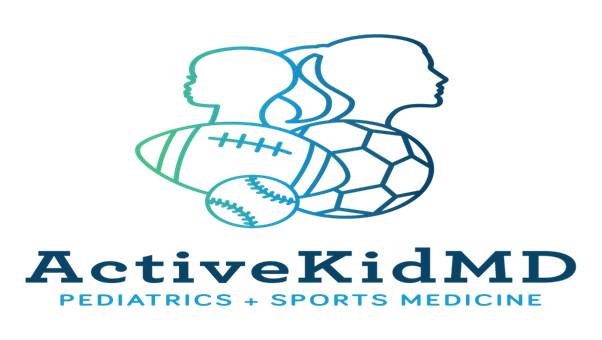How 2 Visual Problems after Concussion Affect Academics and Athletics
To convince you of the importance of healthy visual function after a concussion (and to get you to read this entire blog), let me ask those who have had a concussion to answer a few simple questions.
- Does even reading a few pages lead to heavy feeling of the eyes or headaches?
- Do you cringe at the prospect of hours of note-taking due to blurry vision, losing track of words, and again, onset of headaches?
- Does trying to follow ball movement when you watch practice or a game lead to dizziness, double vision, and a strong sense of futile frustration and a desire to vomit?
Now, while there are other potential causes for all the above issues, one very common post-concussion denominator is indeed visual dysfunction, also known as oculomotor dysfunction.
With formal names like Convergence Insufficiency and Saccadic Dysfunction you might indeed think that this stuff is far too technical to grasp, but in reality, these issues strike at the very heart of some basic life functions.
Now, without further delay, I will describe the two most common types of oculomotor dysfunction and how they can affect school and sports.
1) CONVERGENCE INSUFFICIENCY
Convergence insufficiency occurs when your eyes don't work together while you're trying to focus on a nearby object. When you read or look at a close object, your eyes need to turn inward together (converge) to focus. This gives you binocular vision, enabling you to see a single image. (courtesy of Mayo Clinic)
Real world consequences
- Blurry vision, headaches, and dizziness when trying to change focus from more distant objects (screen, smart board, white board) to closer objects (note pad, lap top, worksheet)
- Similar symptoms while trying to track and object coming closer to the face, such as catching a ball
2) SACCADIC DYSFUNCTION
Saccades – the ability to jump your eyes from one target to another accurately.Saccades are necessary for tracking skills while reading or copying information. In order to process visual information properly, the eyes must move smoothly and quickly from one object to another. Saccades are crucial to the ability of the visual system to perceive and interpret images. When smoothly tracking with the eyes, the eyes must also be able to cross the midline of the body without hesitation; (courtesy of NorthShore Pediatric Therapy)
There are 2 flavors of Saccadic Dysfunction- horizontal (side to side) and vertical (up and down)
Real World Consequences
HORIZONTAL
- Fatigue, blurry vision and headaches with reading (both screen and book/paper) as eyes loose track of words and lines due to inability to smoothly move from side to side
- Double vision, headaches and even nausea when trying to follow back and forth ball movement, such as at a tennis match
VERTICAL
- Similar symptoms of distress when repeatedly looking up at a board or speaker, then looking down at a piece of paper or a computer screen
- Worsening symptoms if trying to look up at a target (basketball hoop) or tracking a ball coming down from the sky
How can I get help with these problems?
Practical in-office testing strategies have been developed to better identify these issues, so do not hesitate to contact a sports medicine or concussion specialist for evaluation.
Depending on symptoms and evaluation findings, potential treatment strategies could include:
- Classroom modifications
- Assistance with note-taking
- Listening to lectures or reading assignments rather in place of actual reading
- Reduction in reading assignments
- Oral testing
- Oculomotor exercises
- Options include home-based versus formal office-based programs
- On-going research efforts are attempting to study ideal time frame after concussion to start visual exercises, and how to determine length of programs

